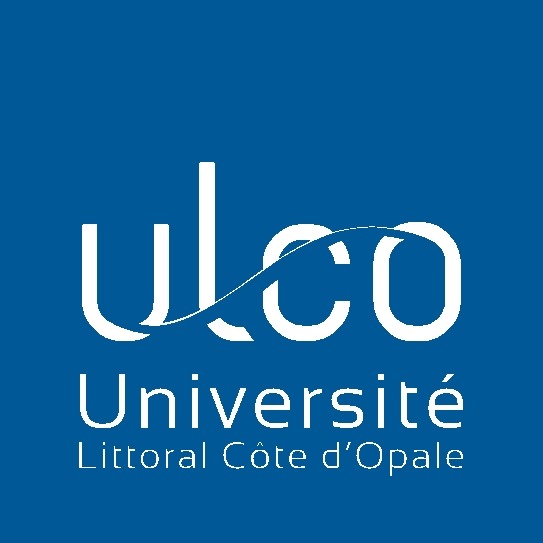Are the real estate policies of the companies articulated with their strategies?
In 2020 in France, in the tertiary industry, a set of generally homogeneous real estate practices is occurred. Maturity of the professions, maturity of the sector, fluidity of transactions, the mechanic is well established since 30 years including a regular progression of the profession in the mastering of the market. From this perspective, confirmed by a good economic health, the insertion of real estate options in business strategies seems easy. And potentially in capacity to a significant contribution to the much more complex effort that companies need to put in place to design strategic options for ensure their survival, at best, their continuity, in a turbulent environment.
However, looking more precisely the real estate movement, there is a relative weakness in the practices, which always result in the densification and compression of workspace in order to reduce the surface area and consequently the costs. Downtown or suburb, dedicated office, open spaces or teleworking, biophilia or not, “as at home”.
Standard practices or certifications such as Sustainable Development, Corporate Social Responsibility, Green Lease establish parameters of a solution finally narrow of nuances to bring to a pragmatic space planning that counts every sqm² as a suspicious expense.
To look at it carefully, there are few alternatives between an acceptable solution and a solution that makes a real difference and, in all cases, nothing resembling to a cascading of the business strategy in its real estate strategy.
Whether we think of the miner’s cottages, the headquarters of Apple, The Camp in France, the industrial park, the companies know how to give a specific form to real estate objects if they admit that the use of the building/house, because it is a human experience purpose, is a full term of language of the Company and not only a productivity deposit, but also a more intensity Company existence. It is at this level that real estate introduces an innovation, often disruptive, into the market continuum and proposes to participate in a strategic advantage.
Reducing the square meters or the costs associated with sqm² are legitimate objectives, but cannot constitute a policy aligned to a strategy because it is not a vision according to the final usage of the building except the price; it is the same about the company’s strategic model.
However, many “policies” are presented in this way, or even defined, in the light of an objective of means. The focus for a “measurable solution” – reducing sqm² – prevails over the goal: achieving economic performance increasing in terms that should strengthen business dynamics.
Frédéric Goupil de Bouillé
Project Director of GLOBAL FM SNCF



